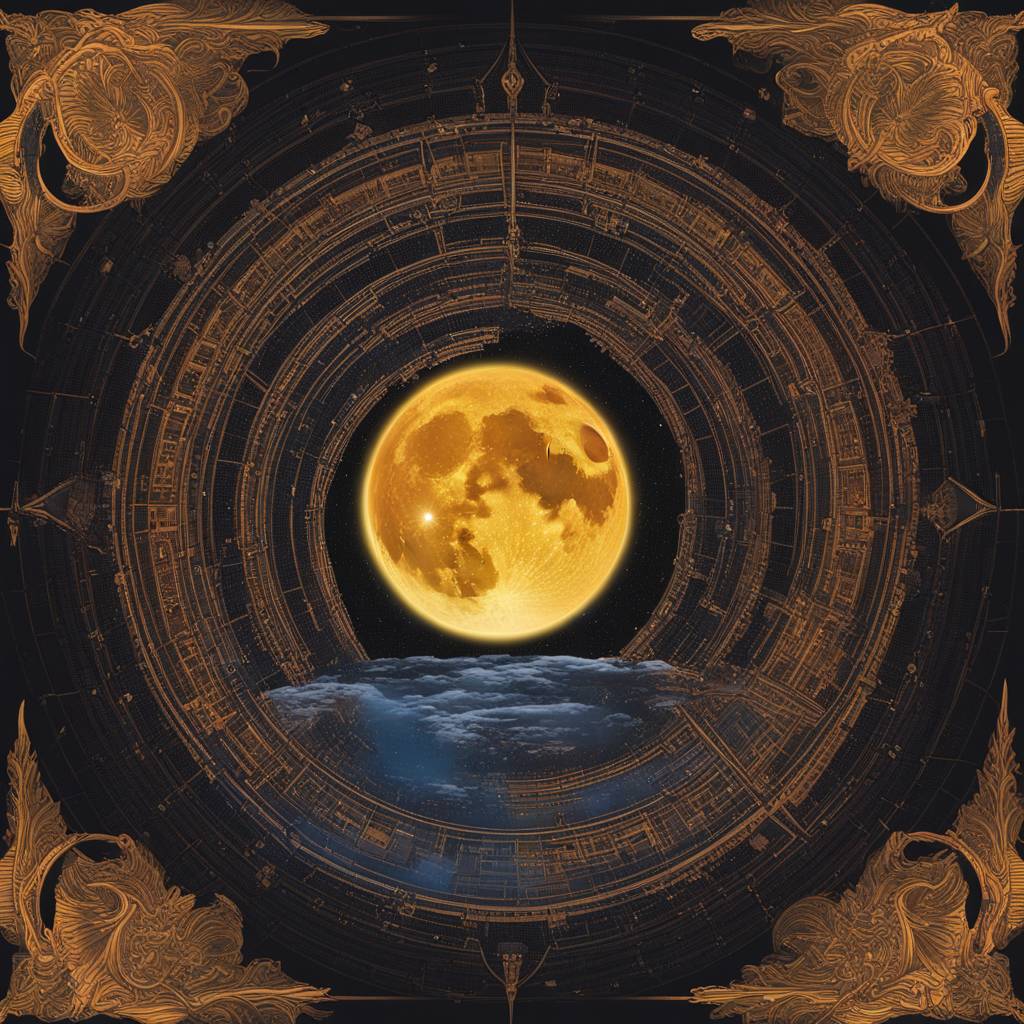Next week is set to be an exciting time for stargazers and astronomy enthusiasts, as a total solar eclipse is scheduled for Monday, April 8. Total solar eclipses are predictable and certain to happen on time, providing a unique opportunity to witness the moon completely blocking the sun. Leading up to this event, observers can track the moon as it wanes each night, gradually moving closer to the sun until it eclipses it entirely on Monday.
On Sunday, April 7, a crescent moon will be visible low in the east, offering a spectacular sight for skywatchers. Additionally, the moon will be in close proximity to a trio of planets and will later eclipse Venus in daylight. Throughout the week, there will be various opportunities to observe the moon, planets, and other celestial bodies in the night sky, providing plenty of excitement for astronomy enthusiasts.
Monday, April 1, marks the Last Quarter Moon phase, allowing for 10 nights of dark, moonless skies that are ideal for stargazing. On Friday, April 5, and Saturday, April 6, skywatchers can look forward to seeing a waning crescent moon near Mars and Saturn in the east-southeast sky just before sunrise. The alignment of the moon and planets will create a stunning visual display for those with a clear view of the horizon.
As the eclipse approaches on Monday, April 8, the moon will occult Venus in a rare and challenging sight to see. Despite the difficulty of observing this event due to its proximity to the eastern horizon, dedicated stargazers may catch a glimpse of the crescent moon and Venus before the eclipse. Additionally, In The Sky provides a map of the occultation with exact timings for those with GoTo telescopes to witness this unique phenomenon.
For those planning to witness the total solar eclipse on Monday within the path of totality, it is recommended to go stargazing around the new moon when the night sky is at its darkest. Locations with dark skies such as Texas Hill Country, Ouachita Mountains in Arkansas, and Mark Twain National Forest in Missouri are ideal for observing the eclipse and experiencing the night sky at its best during totality. Using binoculars during the eclipse will provide a closer look at the sun’s corona and pink prominences, offering a spectacular view to those within the path of totality.
In conclusion, the upcoming week offers a multitude of opportunities for stargazing and astronomy enthusiasts to observe celestial phenomena such as the waning moon, planets, and the total solar eclipse. By taking advantage of dark skies and strategic locations, observers can witness these events in all their glory and experience the wonders of the universe firsthand. Wishing all stargazers clear skies and memorable moments under the stars.













